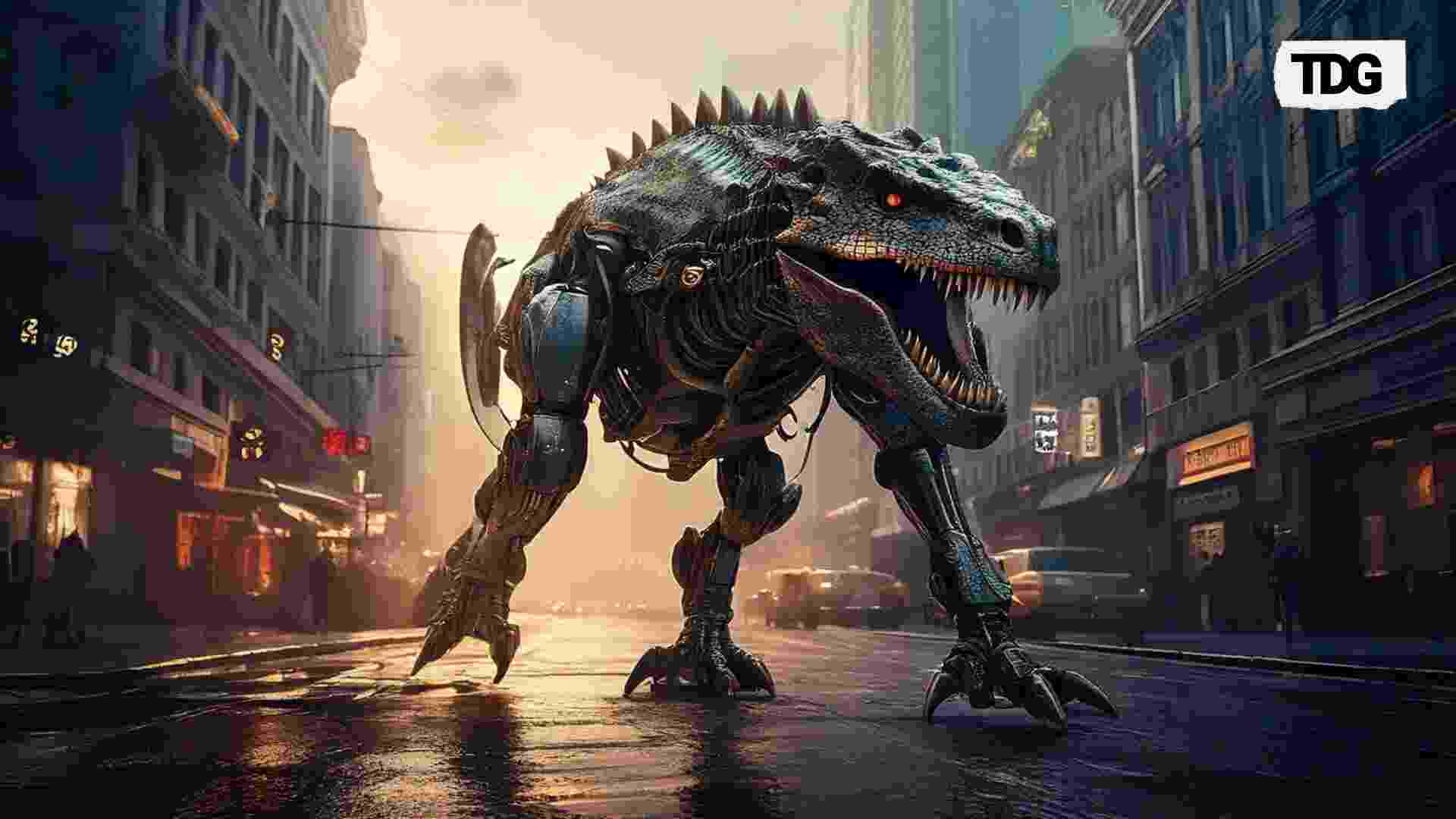Scientists are investigating the potential of robotics to recreate long-extinct animals, such as dinosaurs and marine reptiles, as reported in Science Robotics. By mimicking the movements and anatomical structures of extinct species like the Tyrannosaurus Rex, these robotic models could provide significant insights into evolutionary processes. Researchers aim to enhance our understanding of evolution and the natural world through these artificial reconstructions.
Dr. Michael Ishida from the University of Cambridge, a co-author of the review article, explained, “We have these animals that evolution has created over millions and millions of years, but with a couple lines of code or a new 3D-printed leg, we can simulate those millions of years of evolution in a single day of engineering effort.” He further noted that building a robot based on living fish species could shed light on the evolutionary pressures and mechanics that prompted fish to develop different anatomies suitable for land.
Watch Here:
The Concept of Paleoinspired Robotics
The review introduces “paleoinspired robotics,” a new research paradigm that merges traditional bioinspired robotics with the study of evolutionary paths. This approach significantly broadens the conventional goals and methods associated with bioinspired robotics.
Traditionally, bioinspired robotics focuses on replicating and understanding specific traits of a single existing animal. In contrast, paleoinspired robotics aims to explore how anatomical changes impact the kinematics, biomechanics, and energetics of various species across different eras, particularly concerning overarching evolutionary trends. Integrating paleoinspired robotics into paleontology allows researchers to assess the evolutionary viability of certain traits, while comparisons between paleoinspired and bioinspired robotics facilitate the examination of artificial evolution.







